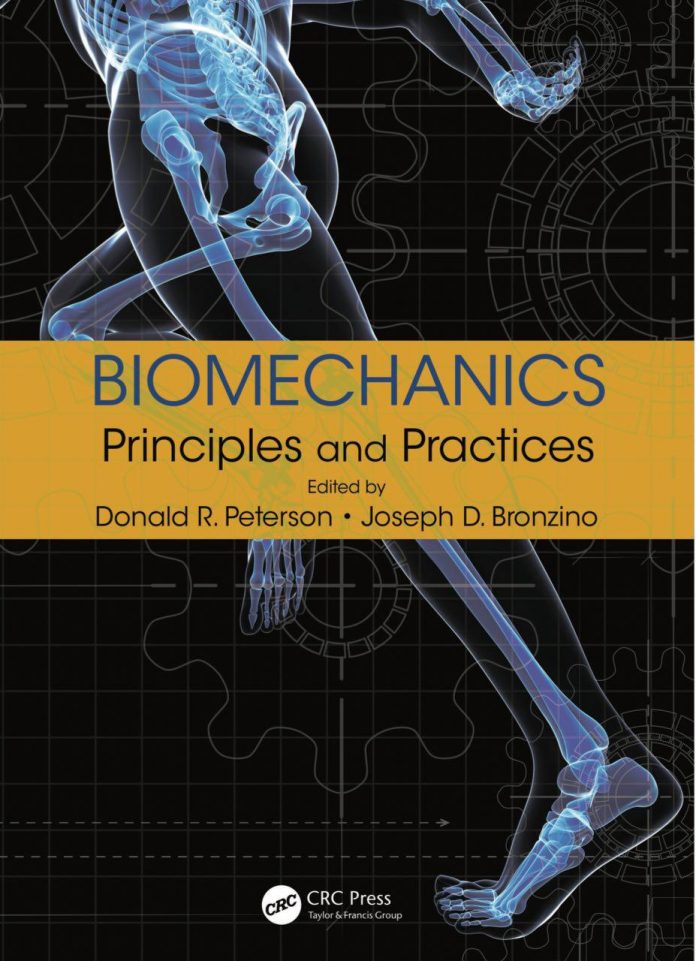
[highlight color=”red”]Biomechanics: Principles and Practices 1st Edition[/highlight]
[ads2]
Biomedical engineering is considered to be the most expansive of all the engineering sciences. Its function involves the direct combination of core engineering sciences as well as knowledge of nonengineering disciplines such as biology and medicine. Drawing on material from the biomechanics section of The Biomedical Engineering Handbook, Fourth Edition and utilizing the expert knowledge of respected published scientists in the application and research of biomechanics, Biomechanics: Principles and Practices discusses the latest principles and applications of biomechanics and outlines major research topics in the field.
This book contains a total of 20 chapters. The first group of chapters explores musculoskeletal mechanics and includes hard and soft-tissue mechanics, joint mechanics, and applications related to human function. The next group of chapters covers biofluid mechanics and includes a wide range of circulatory dynamics, such as blood vessel and blood cell mechanics and transport. The following group of chapters introduces the mechanical functions and significance of the human ear, including information on inner ear hair cell mechanics. The remaining chapters introduce performance characteristics of the human body system during exercise and exertion.
[ads1]
- Introduces modern viewpoints and developments
- Highlights cellular mechanics
- Presents material in a systematic manner
- Contains over 100 figures, tables, and equations
Biomechanics: Principles and Practices functions as a reference for the practicing professional as well as an introduction for the bioengineering graduate student with a focus in biomechanics, biodynamics, human performance engineering, and human factors.
[ads2]

